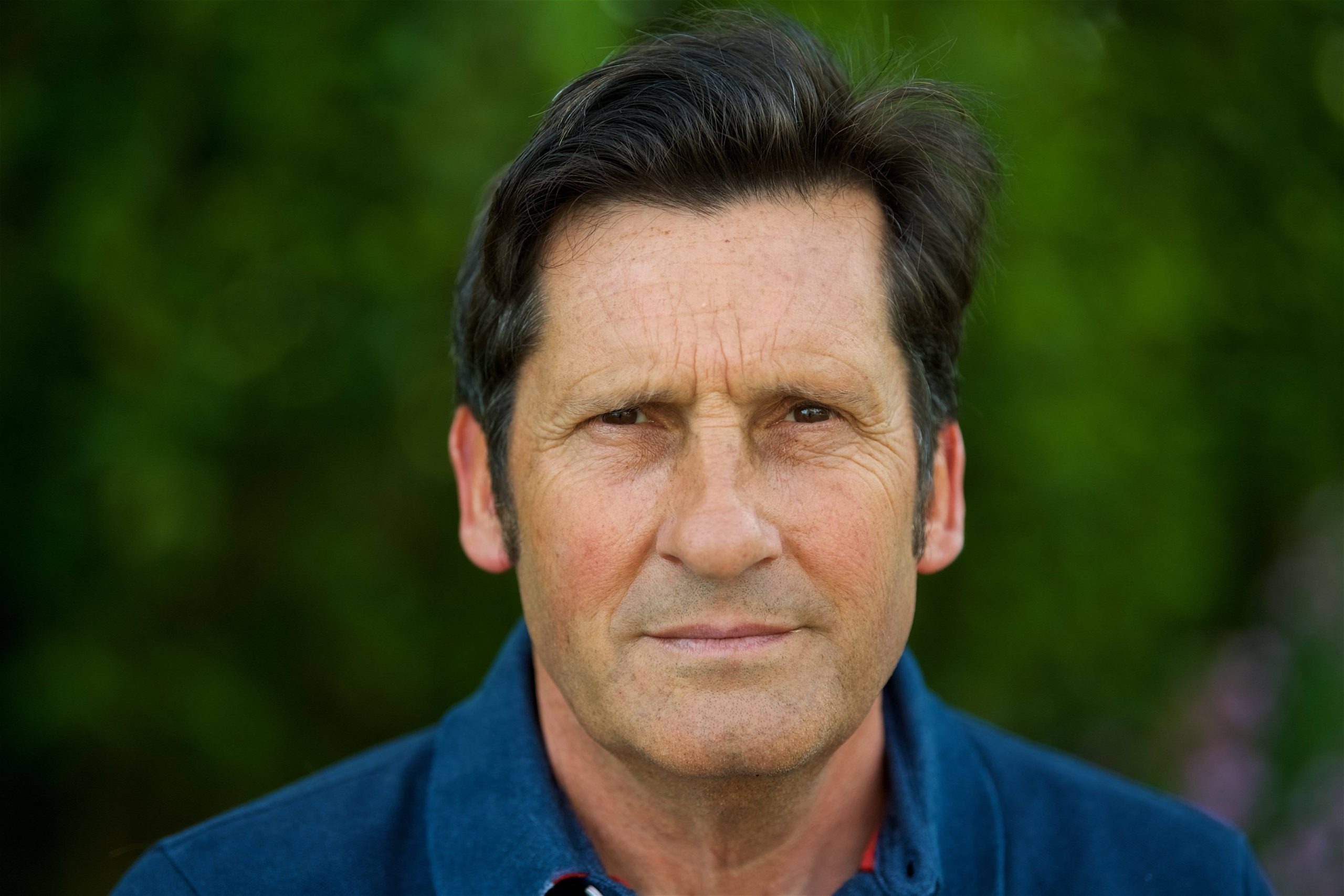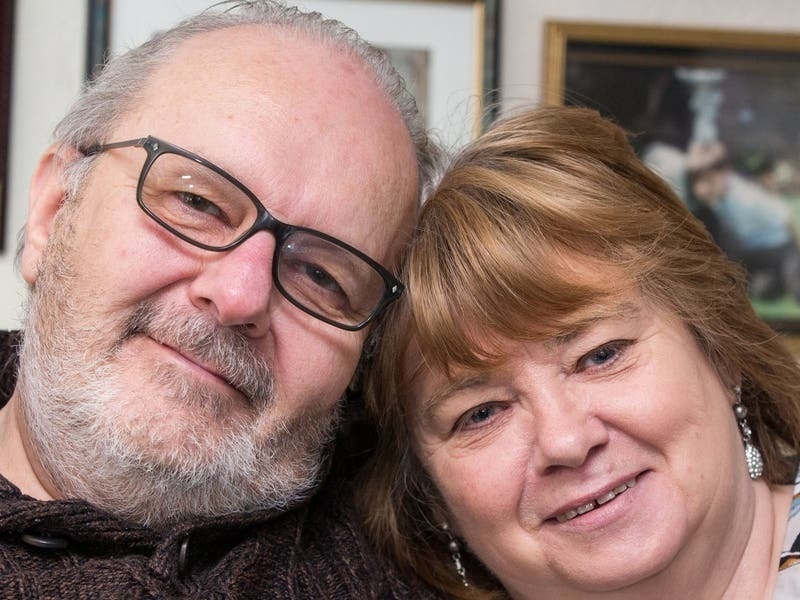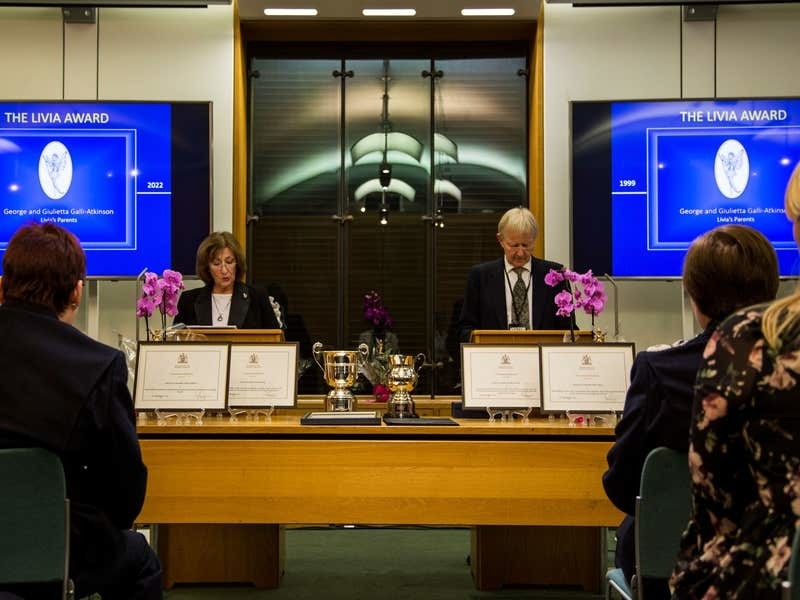RESEARCH into wartime Alderney should track down the names of as many victims as possible to avoid “a box-ticking exercise”, the son of an eyewitness to some of the atrocities has urged.
Gary Font, son of Spanish Republican forced worker Francisco Font – who spent nine months in one of the camps, Lager Norderney – said his late father would have welcomed the expert panel review published this week.
But he said researchers should continue to try to identify individual victims of the regime.
“My father spent much of his lifetime making sure such people were remembered, whether in Alderney or in Spain. He would have been pleased with the hard work of the academics but he would still have wanted to know how many victims still remained unaccounted for and who they were.
“My attitudes to this have not changed. This must not be a box-ticking exercise because there is still work to do,” Mr Font said.
Mr Font, organiser of the annual slaveworkers memorial ceremony held in Jersey on Liberation Day, was responding to the publication of an expert review into the Nazi occupation of Alderney, led by former Conservative cabinet minister Lord Eric Pickles. It found that almost 8,000 people – including his father Francisco – were sent to Alderney, and estimated that between 641 and 1,027 of them died in the island’s four camps.
The names of between a third and a half of those sent to the most northerly Channel Island have been established by researchers working from a variety of records, some held in archives across Europe, cross-referencing data from different sources.
Now funding has been agreed by the University of Cambridge that could help add more names as additional records become available overseas.
Dr Gilly Carr, the member of the expert panel who introduced the report at its launch at London’s Imperial War Museum, said these further resources could increase the number further although it would not significantly affect the panel’s findings set out this week.
But she shared Mr Font’s view of the importance of putting as many names as possible to the numbers which the panel had been able to estimate.
“For me, finding names is about rescuing people: we cannot rescue them from the camps but we can rescue their memory,” she said, adding that it was possible that further archival information would come to light which could enable researchers to increase the current estimate of between 7,608 and 7,812 individuals to around 8,000.
But she said that identifying all those who had died was not possible. Even if DNA samples could be extracted from the remains of those discovered – which for reasons of sensitivity would not be possible – they would then have to be matched against a database of surviving relatives, and such a database could not be created because not all the names of the victims could be established from existing records.
It was not so much the passage of time that presented academics with problems, but rather the scattered nature of the files and the detective work required to find them, she explained.






